Can You Identify these Animal Tracks? | Contest 5
Posted by Kevin Clement
in Of Interest
We have a Winner!
Animal track identifications turned out to be a hard trail to follow for many of you out there, but Bea Heise was up for the challenge, tracking down eight out of sixteen answers. We have all the correct ID’s for you here, but actually much more than that. As our leaders submitted their pictures, we also asked them for some information about them, like how you can tell that track is a this and not a that. Liam Rainier even sent video explanations for two of his. So, have a look at this material, and next time you come across a contest like this, you’ll be well prepared!
Note: Clicking and holding the photographs above will pause the slideshow to allow you to read the captions. The captions are also detailed here:
- Jaguar (Brazil) – Unlike dogs, members of the cat family can retract their claws, and they generally do when they walk in order to keep them from getting dulled. So, this looks like a cat track and a big one. Put that together with the location, Brazil, and you have good clues as to what it is.
- River Otter (Pacific Northwest and Alaska) – Members of the weasel family, like River Otters, have a strange gait that leaves a distinctive pattern of prints, as you can see in the picture on the left. Otters’ short claws leave prints that seem to merge with their toes, which are partially webbed. On the right, though the tracks aren’t distinct, you can clearly see the imprint of the animal’s tail and belly in the snow.
- Coyote (Pacific Northwest) – This is clearly a canid, but in a place like the Pacific Northwest it is a tricky business to distinguish Coyote from domestic dog tracks. Coyote tracks are longer and elongated compared to a dog track. The pads of the Coyote’s front tracks are usually slightly larger than the rear tracks compared to a dog’s which are closer in size. In addition, a Coyote track is most often in a very straight line, with no stops for play, and with the rear foot landing in or next to the front tracks when they are loping.
- Wolf (Pacific Northwest) – That these are canid tracks is clear from the prominent claws on both fore and hind feet (the forefeet are slightly bigger). Compared to a Coyote (see #3), the toes are much more splayed due to the animal’s greater weight. So the track is broader, and the toe prints almost surround the heel print, instead of being aligned in front of it.
- Siberian Tiger (Russia) – This is just a huge cat track. That, plus the fact that it’s in the snow and the location is Russia, definitely narrows it down.
- Capybara (Argentina) – The world’s largest rodent track, and quite distinctive, showing a partial 4th toe, which indicates this is the forefoot.
- King Penguin (South Georgia) – There’s nothing else quite like a penguin track, and anyone who’s been to South Georgia knows how King Penguins tend to loiter around on a beach.
- Humpback Whale (Argentina) – Maybe this is stretching a point, but these upwellings that appear in the wake of a moving whale are known as “footprints”. They’re caused by the upstroke of the animal’s flukes, which sends a column of water up to the surface. Humpbacks are the most prevalent species in Antarctica, and this type of footprint is typical of them.
- Grizzly Bear (Alaska) – The size alone of this forefoot pretty much identifies it as a Grizzly Bear, as opposed to a Black Bear or any other kind of bear. But there’s also the length of the claws. Black Bears have short claws on their front feet, better for climbing trees, while Grizzlies have long ones for digging and rolling over rocks—as well as attacking prey.
- Snowshoe Hare (Alaska) – When lagomorphs are hopping along at a normal pace, they place their big hind feet ahead of their forefeet. Snowshoe Hares have hind feet that are enormous—the reason for their name.
- Leopard (South Africa) – As well as retractable claws, all cats have three lobes to their heel pad (canids, two). In South Africa, the challenge is to tell whether a track in the road is a Lion or a Leopard. Adult male Lions are much bigger and heavier than their Leopard counterparts, and their tracks reflect this. Leopard prints tend to be not only smaller but also rounder and more compact…but it may take a real tracker to make the determination.
- Elephant (South Africa) – Round, smooth, flat, and the size of a dinner plate, photographed in South Africa. Duh. Join Liam as he tracks an Elephant bull.
- Black Rhino (South Africa) – Here we see the three toes of the animal and the back heel (which is a lot smaller than that of a White Rhino and doesn’t have that very prominent M shape). Nearby we see some Black Rhino dung, providing even more information about this animal. Watch as Liam describes finding this Black Rhino track.
- 15. and 16. (South Africa) – In this small space you can see tracks made by three different animals from three entirely separate families, each of which has characteristic features. Leopards (outlined in blue), of course, are true cats, and show a classic cat print. But Spotted Genets (outlined in green), though they are sometimes called “genet cats”, are not. They are viverrids, related to Mongooses, and leave less symmetrical sign. Aardvarks (outlined in yellow), insectivores vaguely related to shrews and moles, show a weird track that looks like a cross between toes and hooves.
Animal Track Contest posted May 16, 2020
There is nothing that sharpens the senses quite like finding the fresh track of a large animal when you’re on foot in the wild. At such times, the skills of identifying and interpreting are at a premium. But even if you’re not in that situation, it’s useful knowledge to have. However, when you’re stuck at home, it can be difficult to keep up those skills.
Fortunately, we have the solution: our Animal Track Contest. Your challenge is simply to identify the creature that left the footprint in each photograph, all of which were taken by our naturalists. Since those people cover a lot of ground, by way of a hint, we’ve given you the location where each was taken. If you can’t nail the exact species, tiebreaker points will go to those who get the family. A lavish prize awaits the winner…so get trackin’!
Just leave your response in the comments below with your answers. We won’t publish any of the comments until it’s time to select the winner, so don’t worry. No one will see your answers except the Apex team. We’ll announce the winner and publish all the comments on Friday, May 22. Should more than one person respond with the correct answers, we’ll select the first person to have done so as the winner. So don’t delay.
Good luck to everyone!

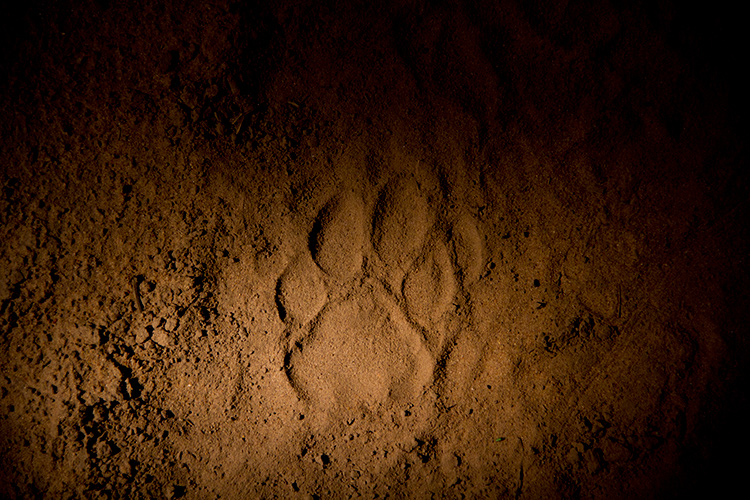
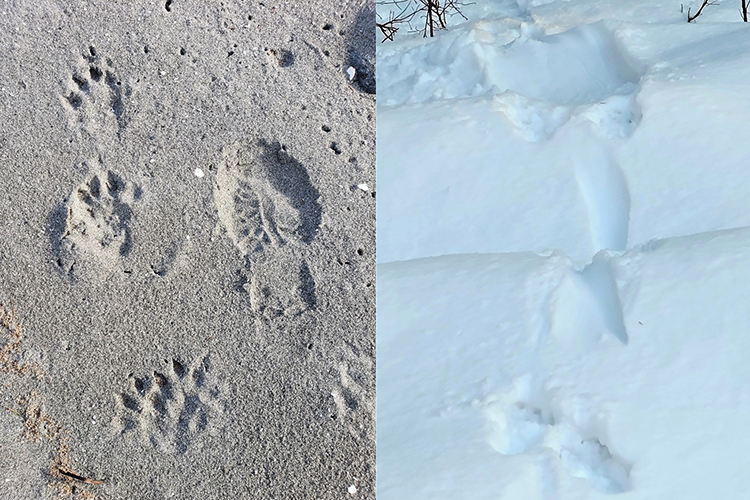

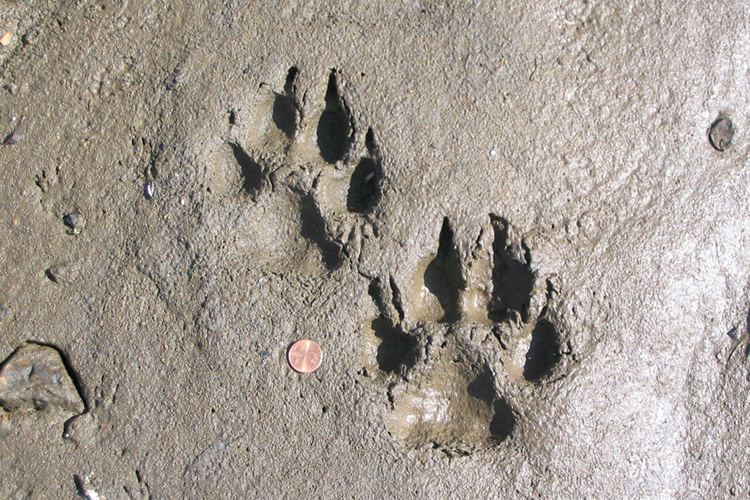
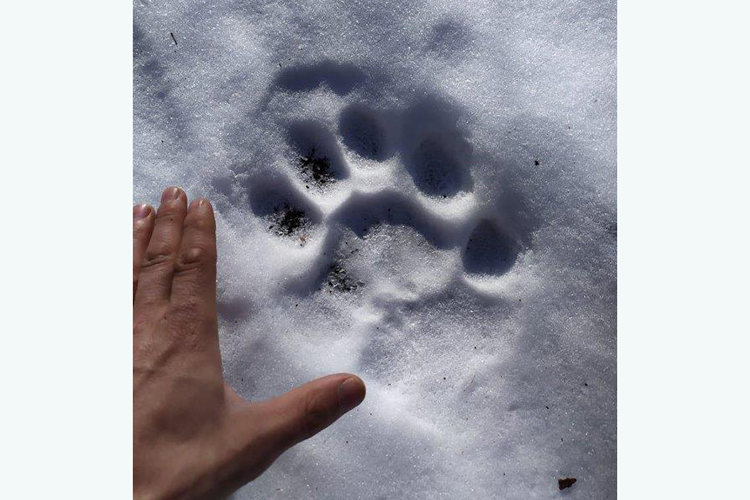
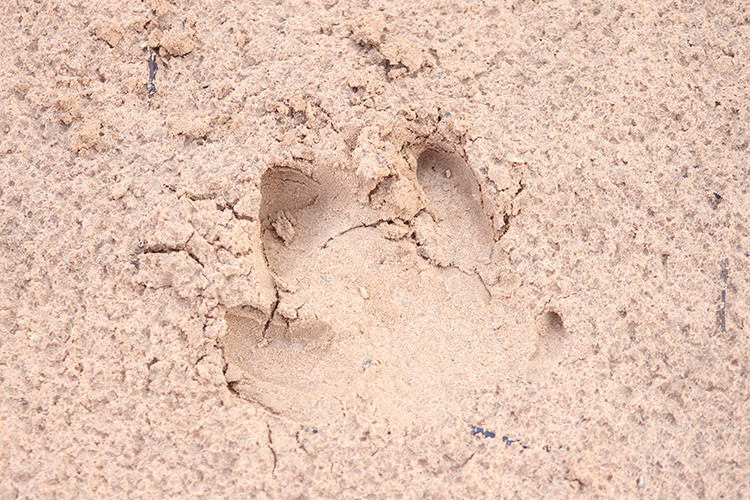
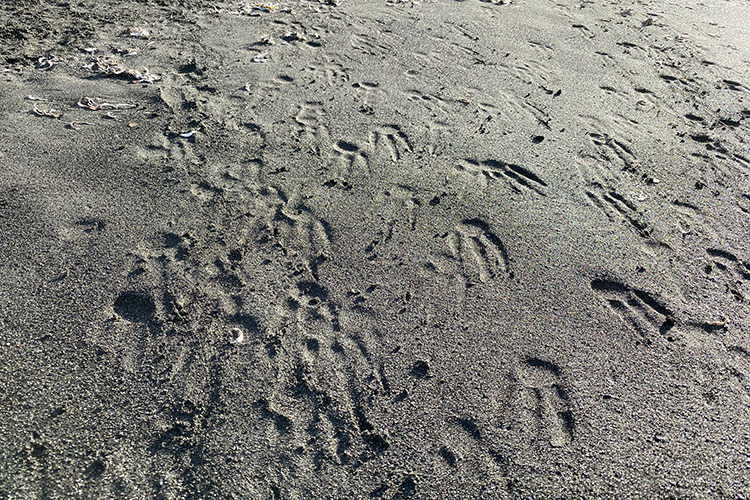

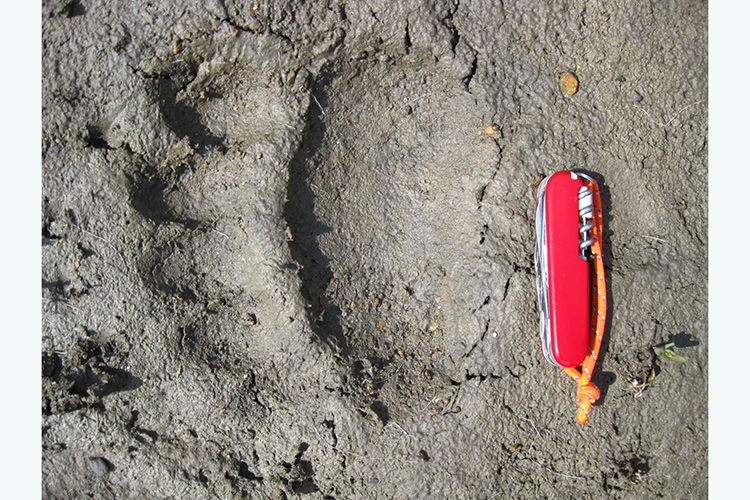
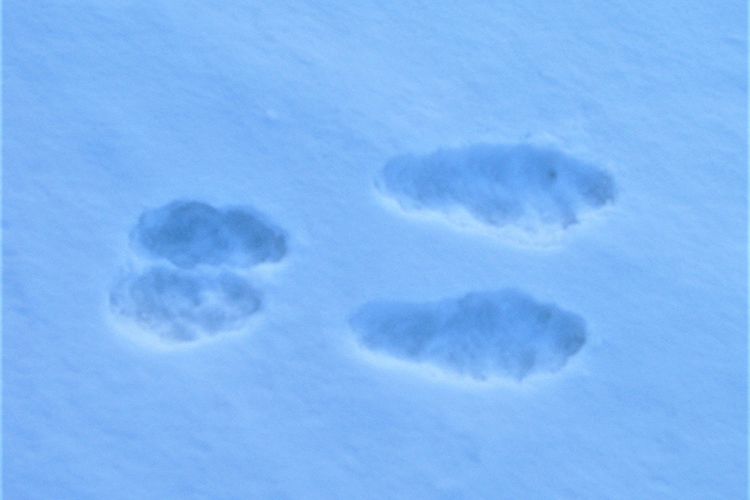
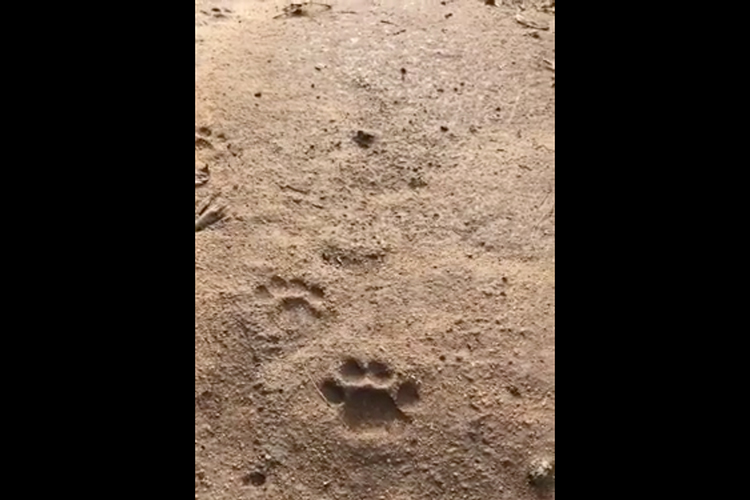
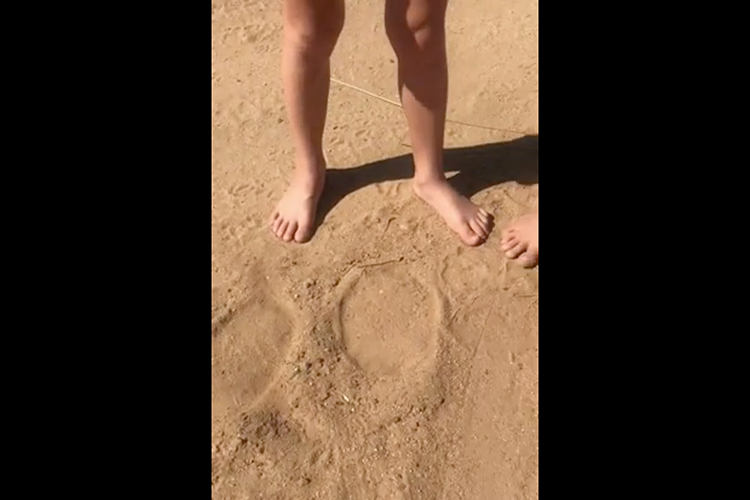
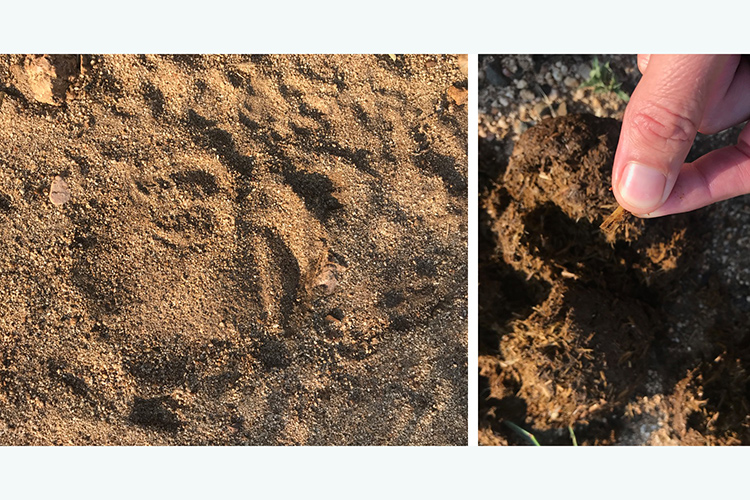
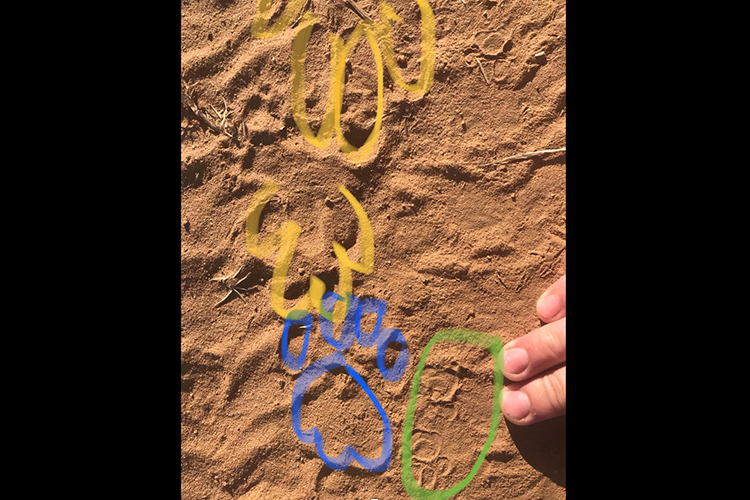
Well…you aren’t making this easy, are you??? These are all guesses with only a few exceptions.
1. Maned Wolf
2. Otter
3. Mink
4. Gray Wolf
5. Polar Bear
6. Tapir
7. King Penguin
8. Whale – humpback
9. Ursus Arctos
10. Snowshoe Hare
11. Lion
12. Elephant
13 – 15. Does a tire track count? Genet, Serval Cat, Baboon